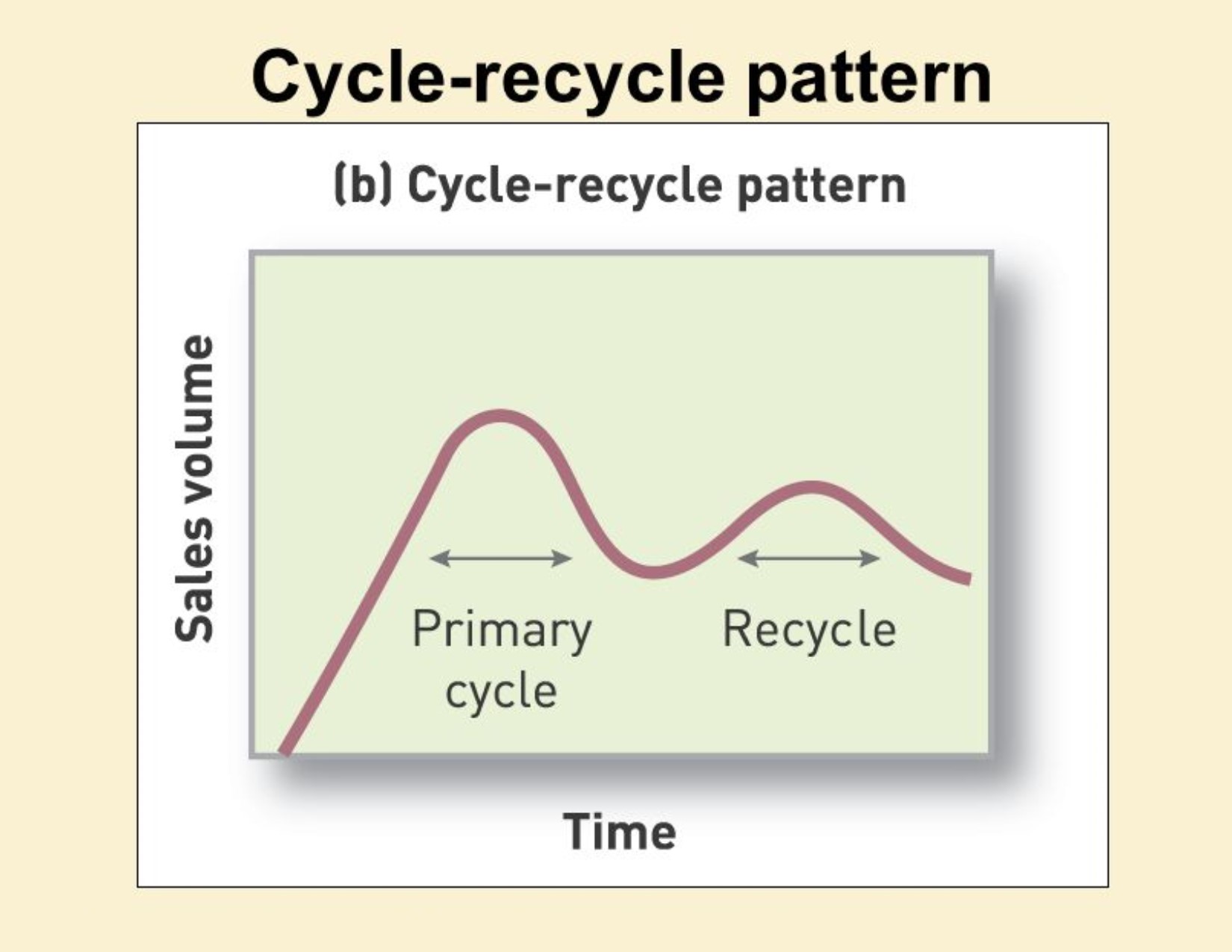
We also have those who are — consistent, reliable and meet expectations.
Some who are a little shaky and can be worked with to improve.
And then there are those who are pushing the limits. They waffle in and out of meeting expectations. Could be negative, maybe hiding out, and full of excuses.
These are the employees who drain and exhaust managers and create a low bar for the team.
We have to deal with these folks. We can’t just look the other way and let them slide. This is where we really have to focus-up as a manager.
This is where we have to use cycles and patterns as our performance yardsticks.
The accumulated weight of many little incidences of questionable behavior add up to the need to have a conversation.
And to do this we need a running log of facts.
It’s easy to get frustrated and annoyed with employees who are unreliable, erratic or negative and just come at them with a vague, emotionally tinged, “talking to”.
That won’t do it.
We need facts and those can be found in our documentation log if we are diligent. When we take time to write down quick notes of what actions are happening. What is seen and heard. Keeping our pet peeves and annoyances out of it.
This enables us to see patterns and cycles developing, and give us the facts to present to the employee.
Important: these patterns and cycles aren’t just about rules and policies not followed, they can also be about expectations. (Which hopefully have been made clear early in the employment cycle.)
Here’s an example: (to a staff member) “As you know we expect you to relate to fellow employees with a helpful and kind attitude; however, there is a cycle and a pattern of you continuing to speak with others in a sharp and curt tone of voice and saying,”alright already!” This has happened three times in the last month.”
Now an employee has to account and make some decisions on what steps they will take to meet expectations.
They may end up correcting their behavior which is great.
Then again, they may not.
If the cycle and pattern continue — we continue — steadily, kindly, patiently, toward progressing what the next steps will be (including discipline, even termination) if the behavior is not corrected.
Let’s keep the lights up bright.
